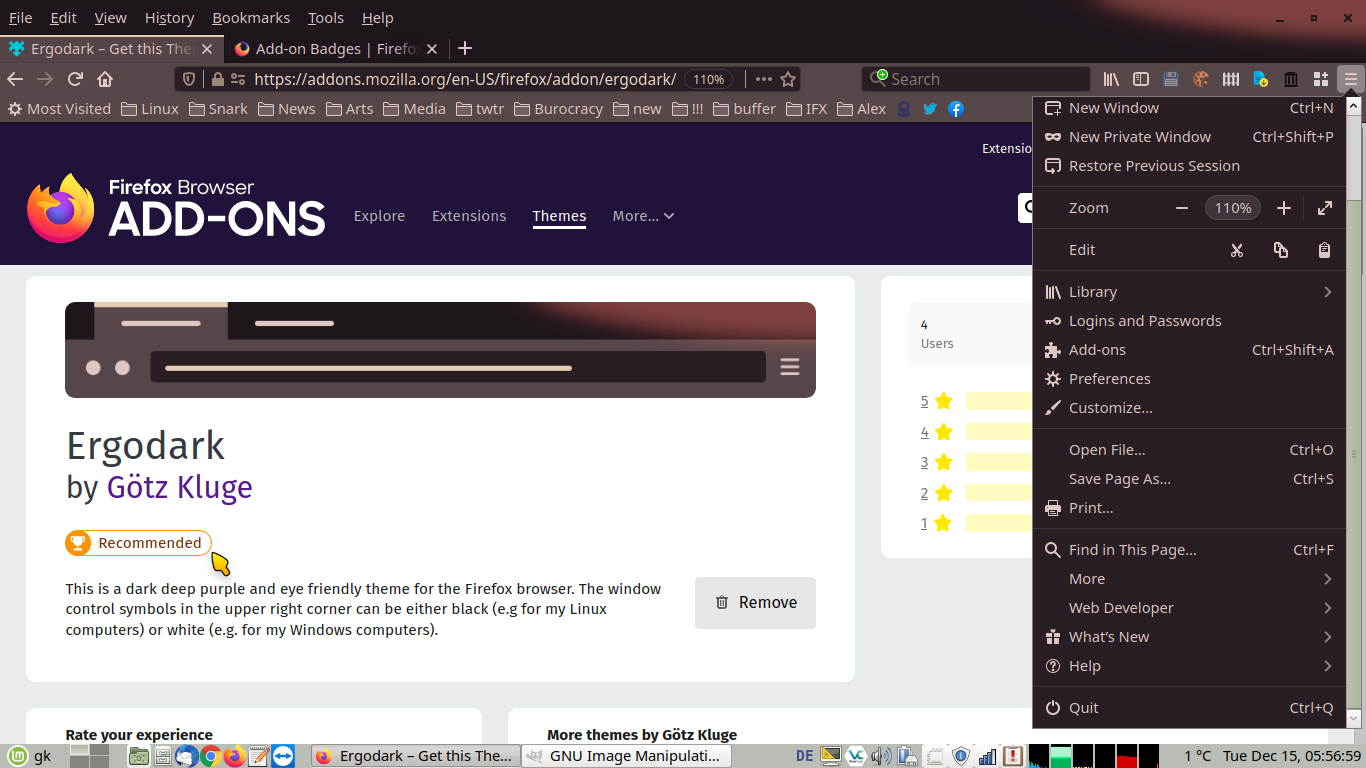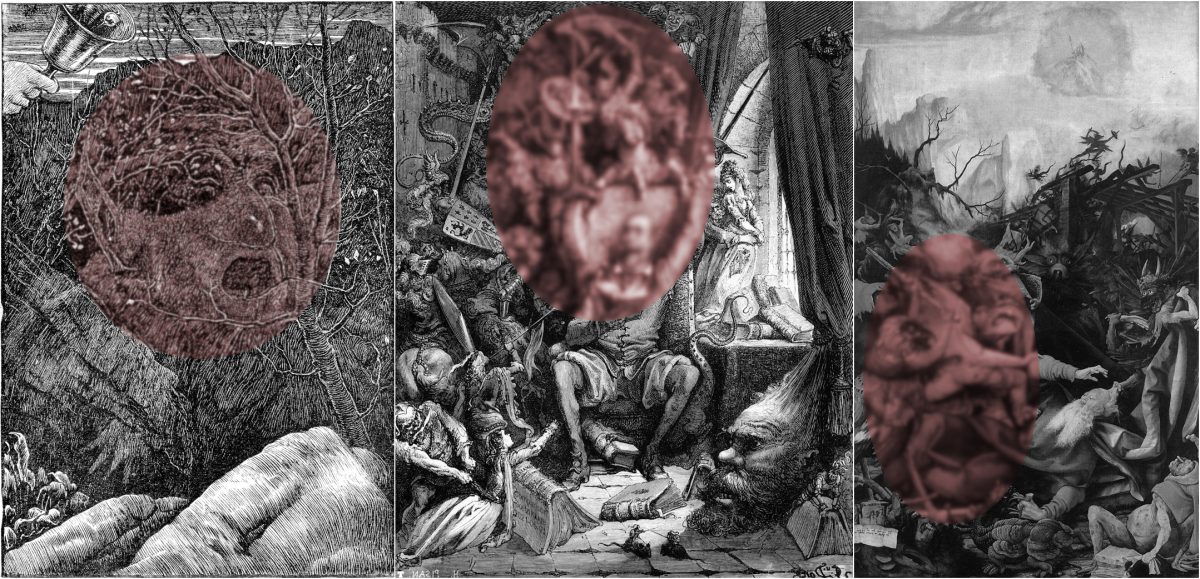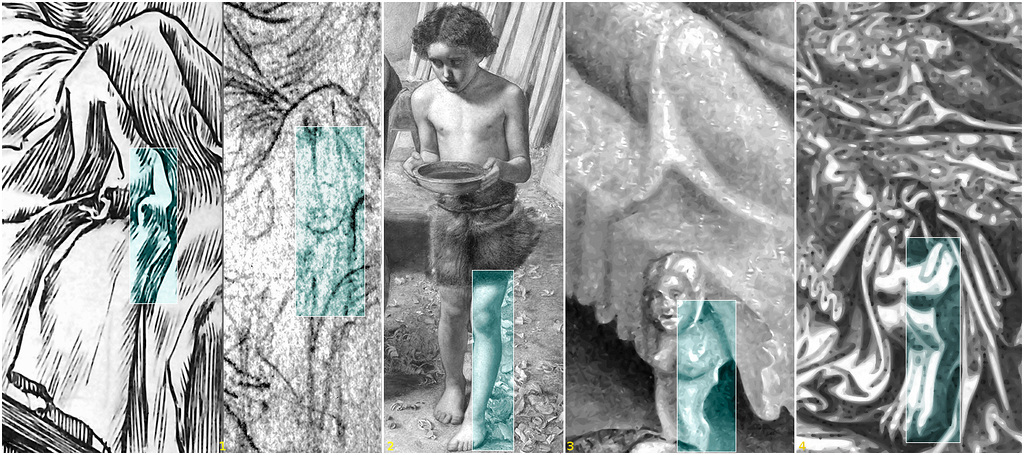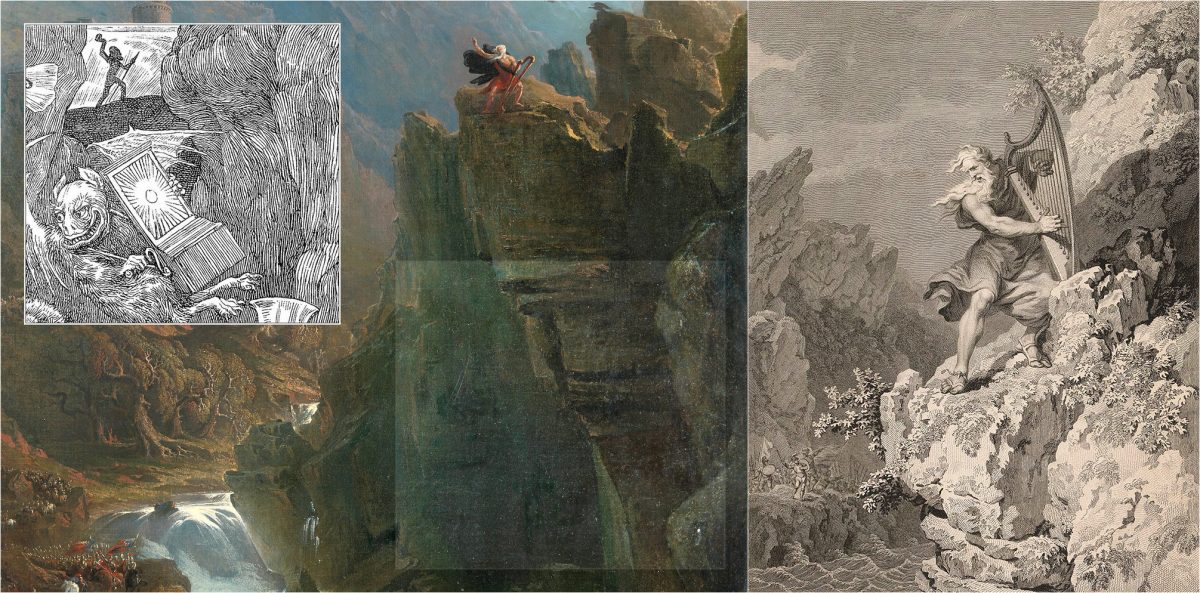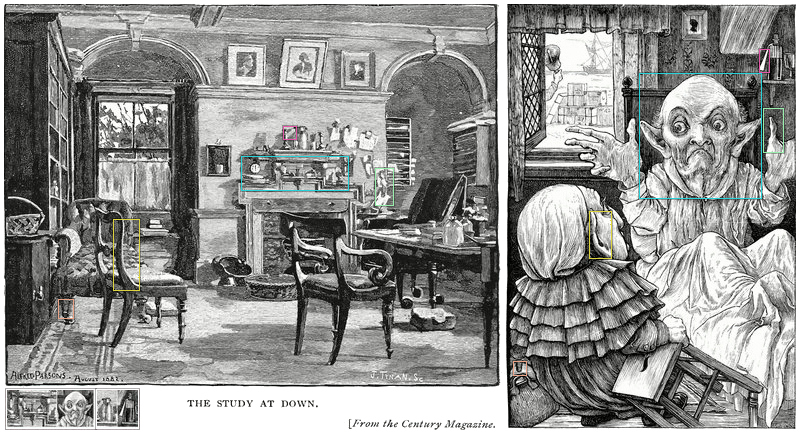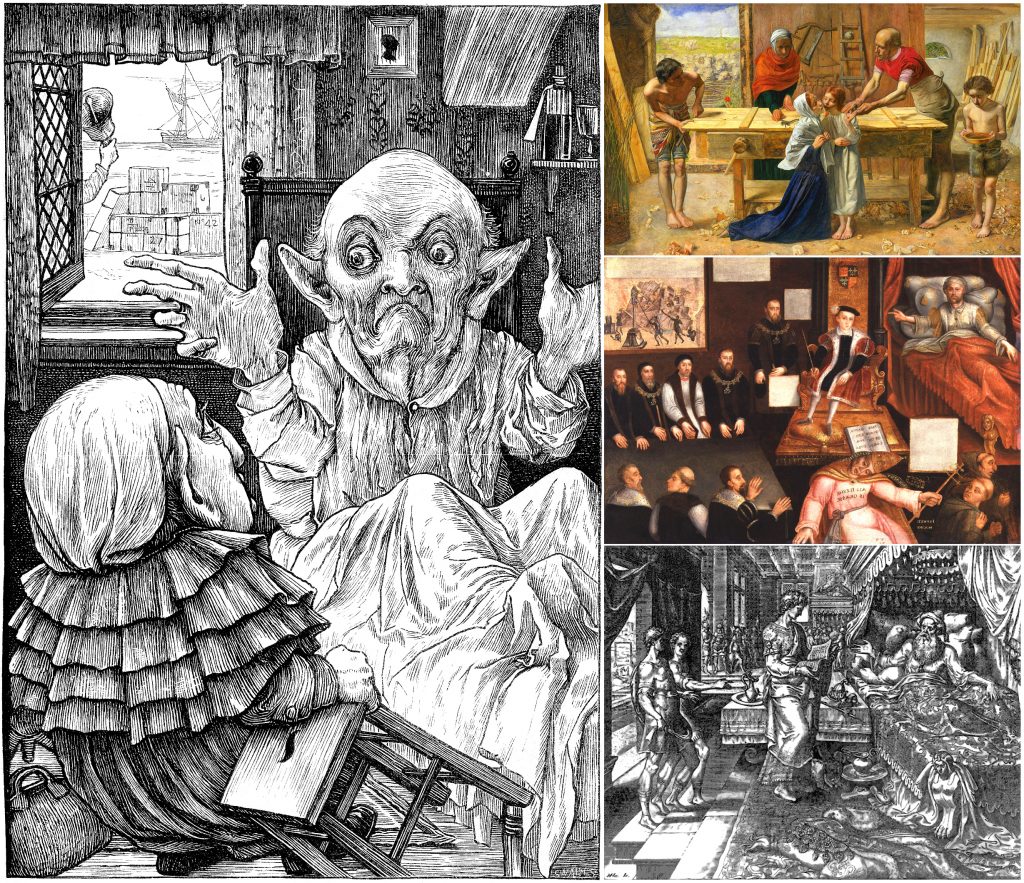All men shall not be saved at the length. They also are worthy of condemnation, who endeavour at this time in restore the dangerous opinion that all men, by they never so ungodly, shall at length be saved, when they have suffered pains for their sins a certain time appointed by God’s justice.
Article 42 on eternal damnation in Thomas Cranmer’s Forty-Two Articles (1552)
No one shall speak to the Man at the Helm, and the Man at the Helm shall speak to no one.
Rule 42 (possibly mocking Cranmer’s Article 42), with the second part of the sentence having been “completed” by the Bellman in Lewis Carroll’s The Hunting of the Snark (1876)
Pope Francis said eternal damnation is not a torture chamber but distance from God.
Vatican Radio, 2016-11-25 (archive)
If something like eternal damnation (Article 42) would exist, then that also would be an eternal disconnect (Rule 42) between the Abrahamic god and those who adhere to that god.
What are those Forty-Two Articles?
The Forty-Two Articles were intended to summarise Anglican doctrine, as it now existed under the reign of Edward VI, who favoured a Protestant faith. Largely the work of Thomas Cranmer, they were to be short formularies that would demonstrate the faith revealed in Scripture and the existing Catholic creeds. Completed in 1552, they were issued by Royal Mandate on 19 June 1553. The articles were claimed to have received the authority of a Convocation, although this is doubtful. With the coronation of Mary I and the reunion of the Church of England with the Catholic Church, the Articles were never enforced. However, after Mary’s death, they became the basis of the Thirty-nine Articles. In 1563, Convocation met under Archbishop Parker to revise the articles. Convocation passed only 39 of the 42, and Elizabeth reduced the number to 38 by throwing out Article XXIX to avoid offending her subjects with Catholic leanings. In 1571, the Article XXIX, despite the opposition of Bishop Edmund Gheast, was inserted, to the effect that the wicked do not eat the Body of Christ. This was done following the queen’s excommunication by the Pope Pius V in 1570. That act destroyed any hope of reconciliation with Rome and it was no longer necessary to fear that Article XXIX would offend Catholic sensibilities. The Articles, increased to Thirty-nine, were ratified by the Queen, and the bishops and clergy were required to assent.
Source: Wikipedia, 2018-03-15
Henry VIII was succeeded by his son, Edward VI, in 1547. During Edward’s reign, the Church of England adopted a stronger Protestant identity. The Book of Common Prayer of 1549 authorised a reformed liturgy, and this prayer book was revised in 1552 to make it more explicitly Protestant. To make the English Church fully Protestant, Cranmer also envisioned a reform of canon law and the creation of a concise doctrinal statement, which would become the Forty-two Articles. Work on a doctrinal statement was delayed by Cranmer’s efforts to forge a doctrinal consensus among the various Protestant churches to counter the work of the Catholic Council of Trent. When this proved impossible, Cranmer turned his attention to defining what the Church of England believed.
The Forty-two Articles were drafted by Cranmer and a small group of fellow Protestants. The title page claimed that the articles were approved by Convocation when in reality they were never discussed or adopted by the clerical body. They were also never approved by Parliament. The articles were issued by Royal Mandate on 19 June 1553. The articles were to be short formularies that would demonstrate the faith revealed in Scripture and the existing ecumenical creeds. The theology of the articles has been described as a “restrained” Calvinism.
Edward died in 1553. With the coronation of Mary I and the reunion of the Church of England with the Catholic Church, the articles were never enforced. However, after Mary’s death, they became the basis of the Thirty-nine Articles. In 1563, Convocation met under Archbishop Parker to revise the articles. Convocation passed only 39 of the 42, and Elizabeth reduced the number to 38 by throwing out Article XXIX to avoid offending her subjects with Catholic leanings. In 1571, despite the opposition of Bishop Edmund Gheast, Article XXIX was re-inserted, declaring that the wicked do not eat the Body of Christ. This was done following the queen’s excommunication by the Pope Pius V in 1570. That act destroyed any hope of reconciliation with Rome and it was no longer necessary to fear that Article XXIX would offend Catholic sensibilities. The Articles, increased to Thirty-nine, were ratified by the Queen, and the bishops and clergy were required to assent.
Source: Wikipedia, 2021-03-28
Eternal damnation still was a controversial issue in the era of the Oxford Movement.
ON APPEAL FROM THE ARCHES COURT OF CANTERBURY.
[…] An Article setting forth extracts of a review of a work that a Clergyman of the Church of England had reviewed, charging that he had therein advisedly declared, that after this life there would be no judgment of God, awarding either eternal happiness or eternal misery, contrary to the Three Creeds, the Absolution, the Catechism, and the Burial and Commination Service: Held not established by the passages of the work pleaded. It is not penal for a Clergyman to express a hope of the ultimate pardon of the wicked [2 Moo. P.C. (N.S.) 432, 433]. […]
Source: 15 E.R. (Essays and Reviews) 943; Date: 1863-06-26; Court: Privy Court; Appellant: Rev. Rowland Williams, D.D.; Respondent: Rev. Walter Kerr Hamilton, Lord Bishop of Salisbury; Appellant: Rev. Henry Bristow Wilson, Clerk; Respondent: Rev. James Fendall, Clerk
The Deacon C. L. Dodgson (aka Lewis Carroll) objected to the belief in eternal punishment in 1897, but his article on Eternal Punishment was not published during his lifetime. In that article, one of Dodgson’s points is that “αἰών” should be translated as “of indefinite duration”, not as “eternal”. (See p. 52 in Robert D. Sutherland’s Language and Lewis Carroll, 1970.) The controversy on eternal punishment seems not to have ended yet.
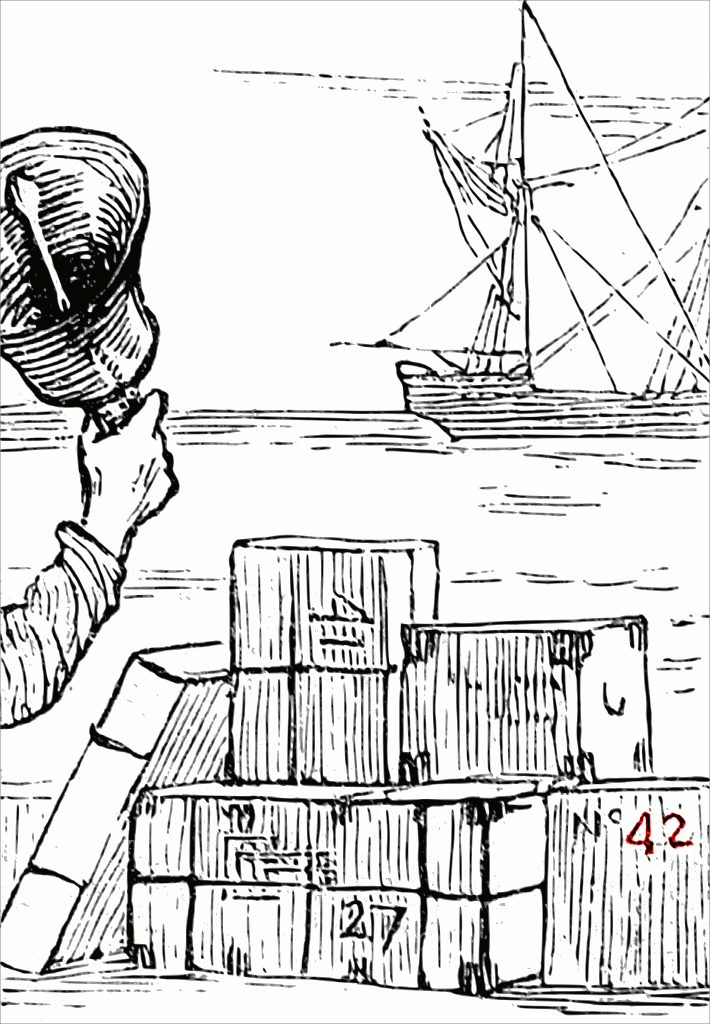 I assume, that Carroll’s “forty-two” serves as a reference to Thomas Cranmer’s Forty-Two Articles. And Revd. Karen Gardiner suggested in The Carrollian (July 2018, № 31, p.25~41), that this is a reference mainly to Article 42 (about eternal damnation) in Cranmer’s Forty-Two Articles.
I assume, that Carroll’s “forty-two” serves as a reference to Thomas Cranmer’s Forty-Two Articles. And Revd. Karen Gardiner suggested in The Carrollian (July 2018, № 31, p.25~41), that this is a reference mainly to Article 42 (about eternal damnation) in Cranmer’s Forty-Two Articles.
The main argument of Gardiner’s June 2018 paper is “that Carroll’s frequent and unexplained use of the number 42, and in particular his development of Rule 42 in the preface of The Hunting of the Snark and Rule 42 in Alice’s trial scene highlight the doctrine of eternal punishment that Carroll was so concerned about.”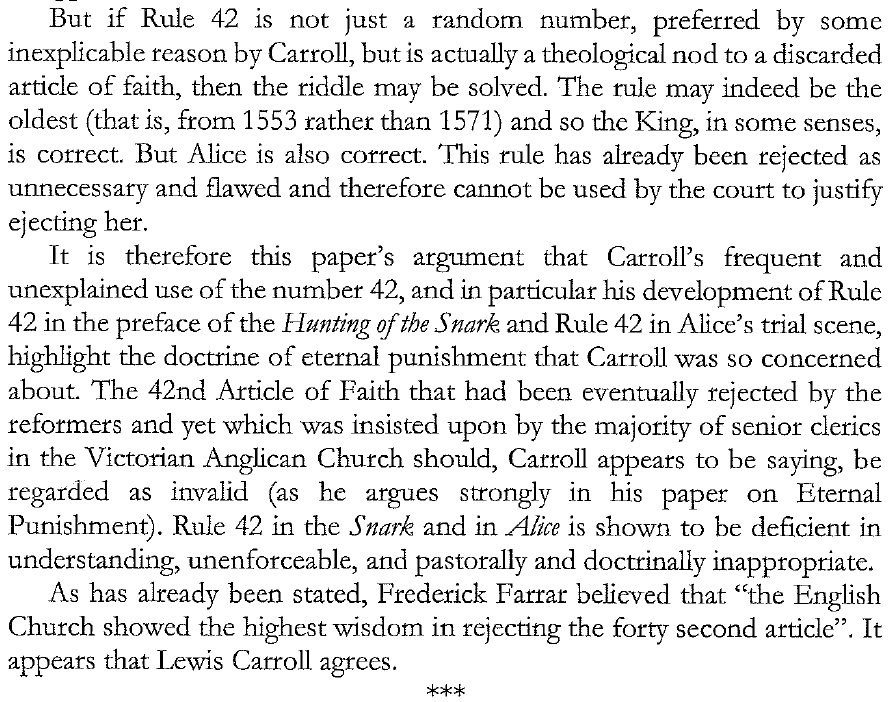
Today, “42” mostly is known as an answer to an unknown question. That answer had been revealed in a popular travel guide and invented by Douglas Adams as an answer to that unknown question. Of course neither Lewis Carroll nor Douglas Adams would have provided us with spoilers which could help us to understand their “42”. Holding your readers responsible for their interpretations is much more fun to writers like Adams and Carroll. Therefore Adams told us that the “42” just popped up in his mind out of the air when he enjoyed the view of his garden. And Carroll told us that the last line “For the Snark was a Boojum, you see!” in The Hunting of the Snark popped up in his mind during a walk near Guilford (incidentally the birthplace of Ford Prefect, and then again not his real birthplace).
Lewis Carroll’s Snark and Douglas Adams’ Guide (the BBC radio series) have more in common than just having fits instead of chapters. But among both authors, it probably was only the Deacon Dodgson to whom “42” had a special relevance in the history of the church, that vessel which had been snarked so many times.
- Carroll and Religion
- Lewis Carroll, Eternal Damnation, in The Lewis Carroll Picture Book (1899, edited by Stuart Dodgson Collingwood), p. 345-355
- Lewis Carroll on Eternal Punishment, posted by “Nick”, 2008
- John Tufail, The Jowett Controversy – Understanding Carroll’s Philosophy, 2010
- John Tufail, The Philosopy of Lewis Carroll, before 2008?
- User “pog” in The Evangelical Universalist Forum: List of those of who reject traditional hellism, 2013
- About articles in the Knight Letter № 100 (by Goetz Kluge, LCSNA 2018) and The Carrollian (by Revd. Karen Gardiner, July 2018, № 31, p.25~41)
2017-12-25, updated: 2024-03-06


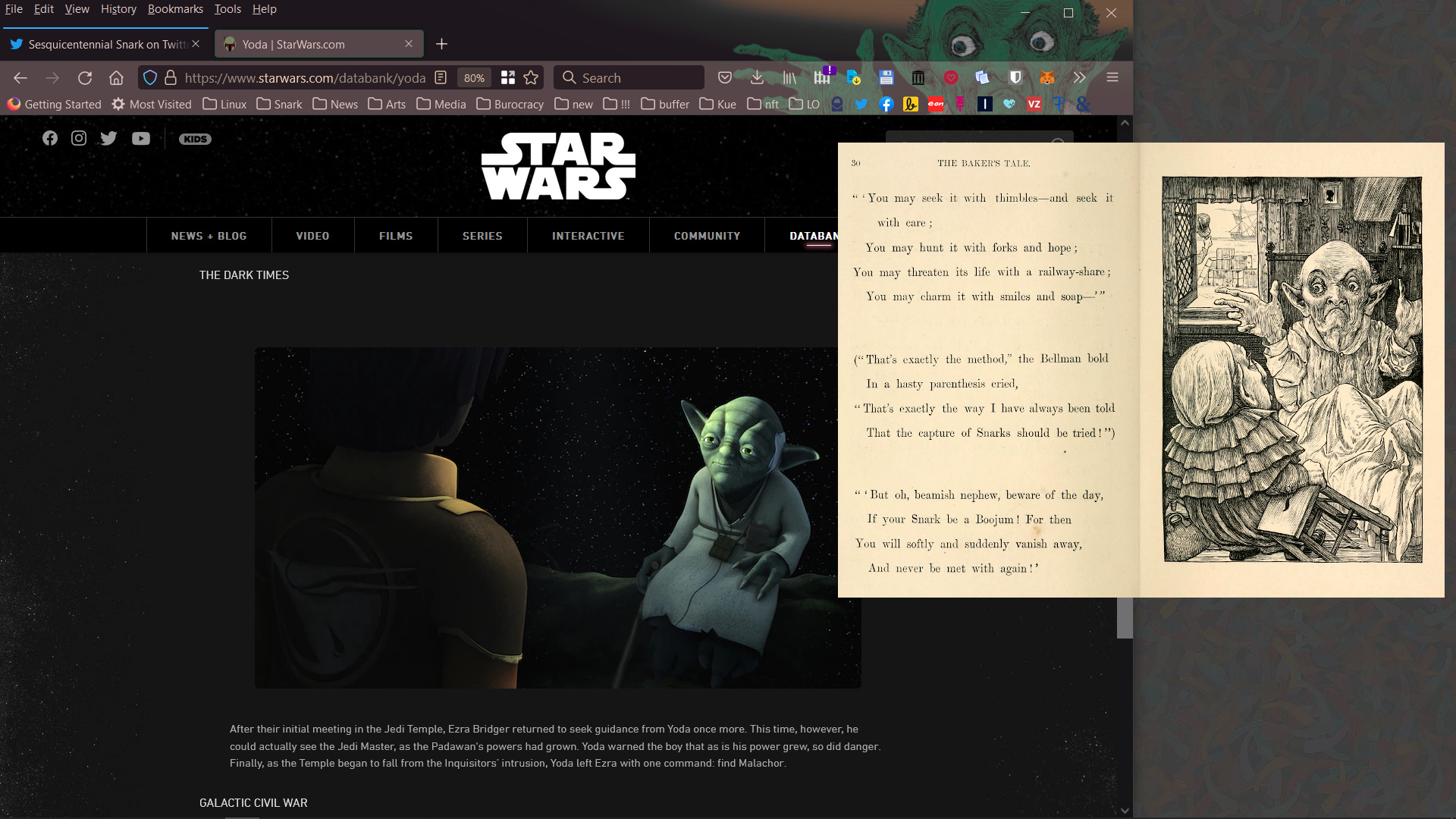
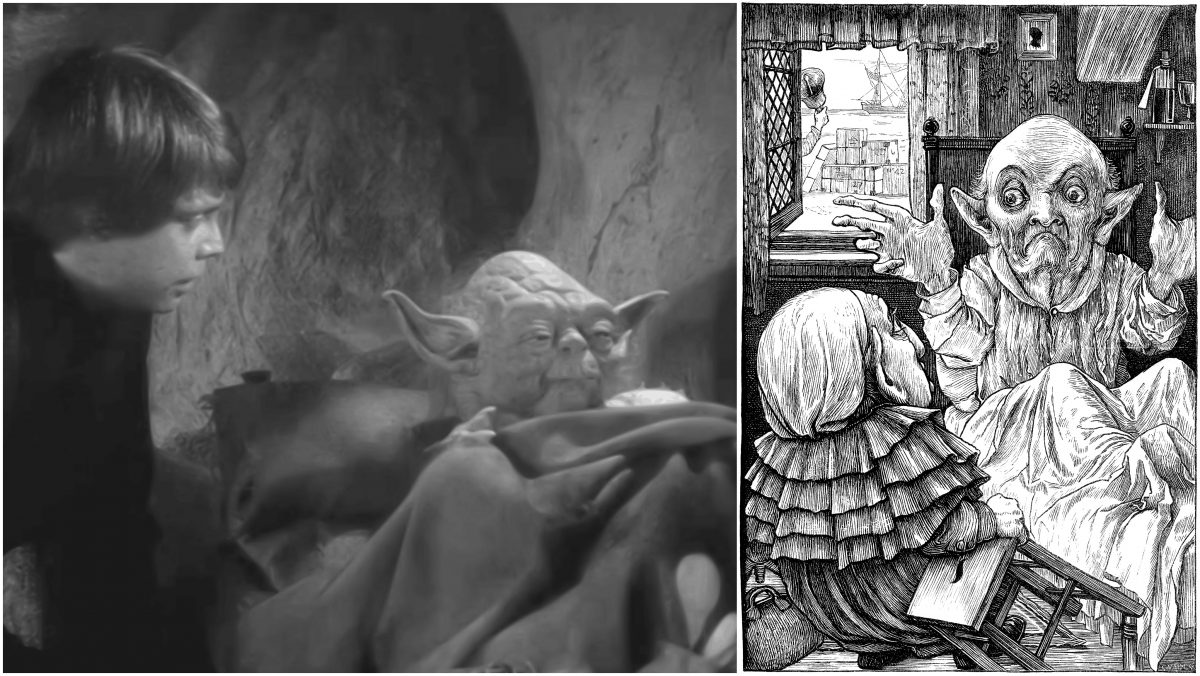
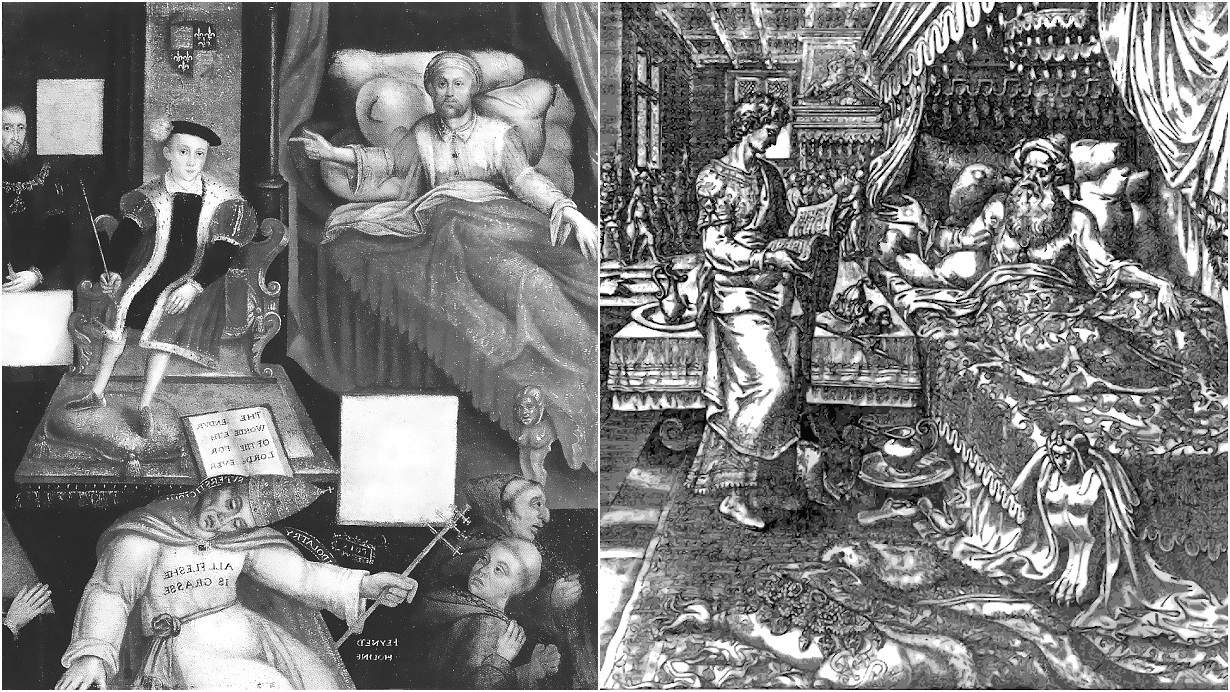
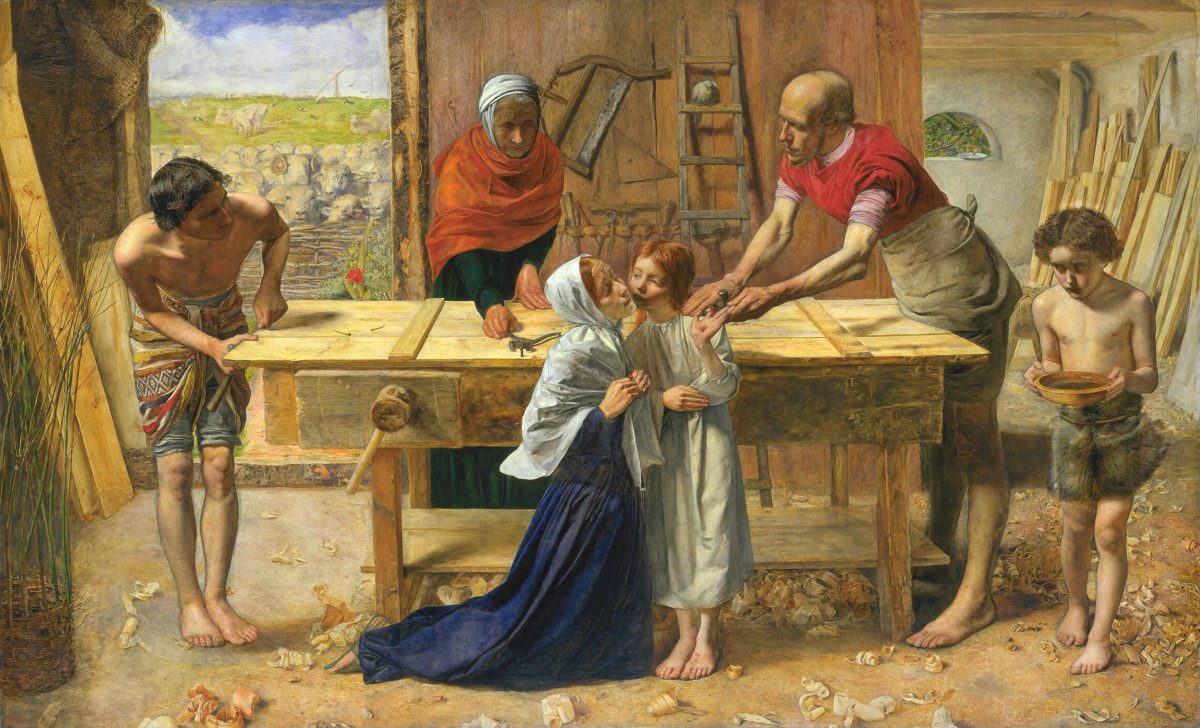

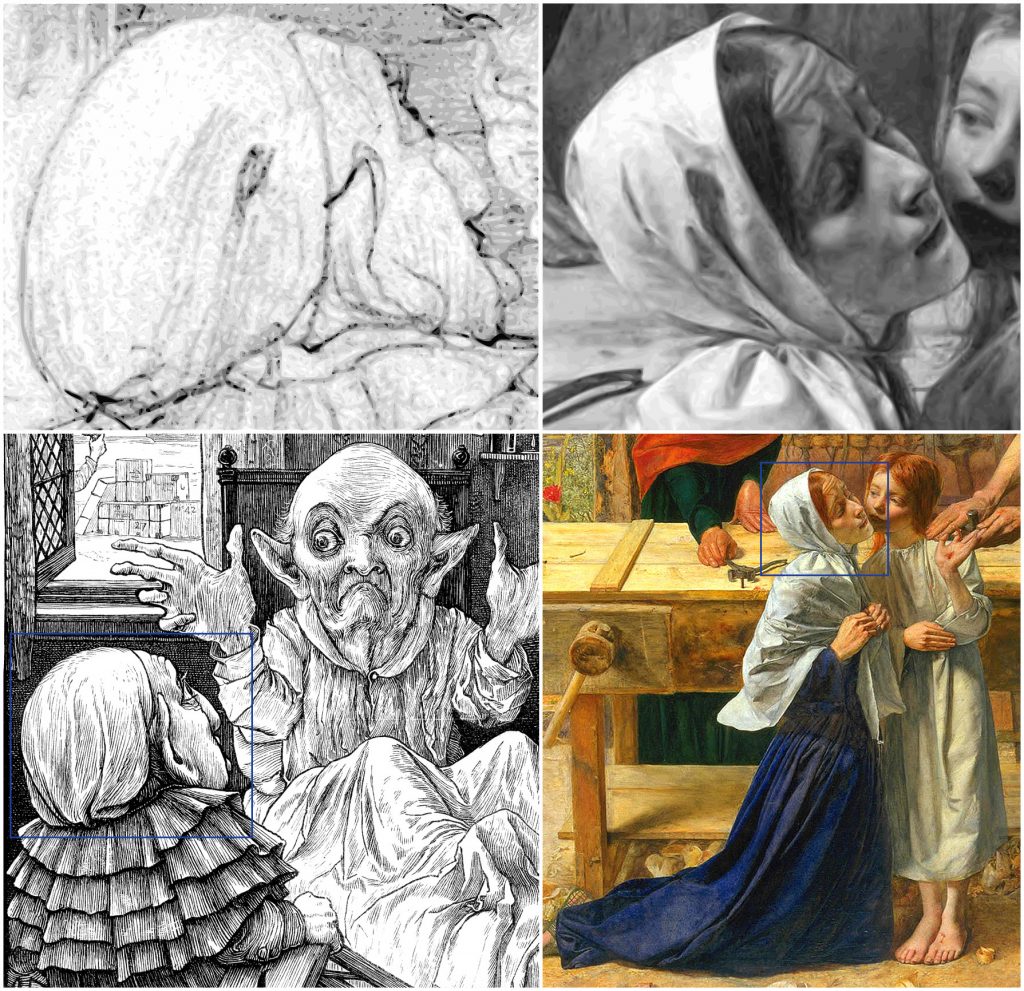
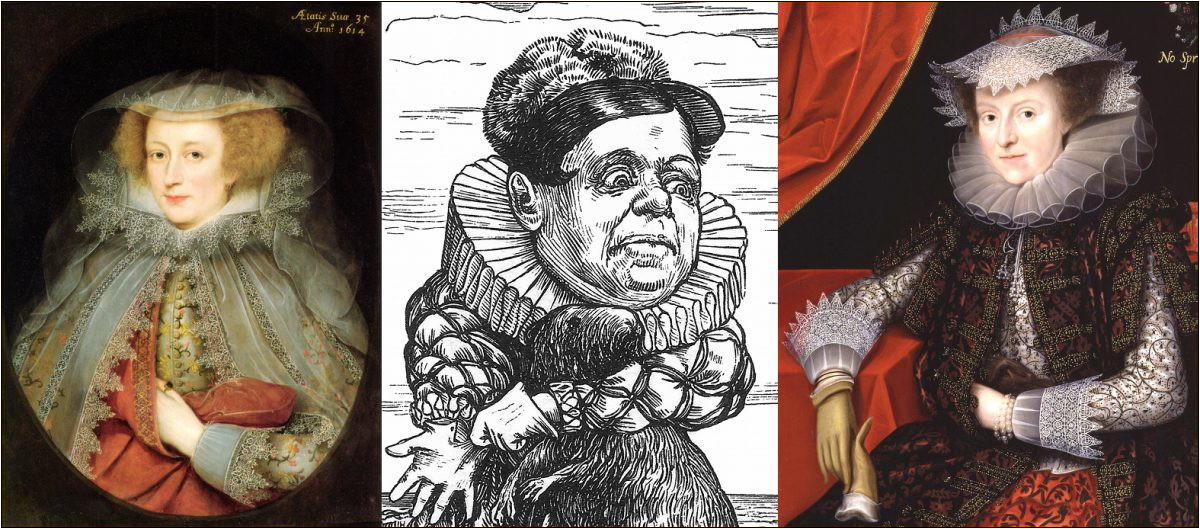
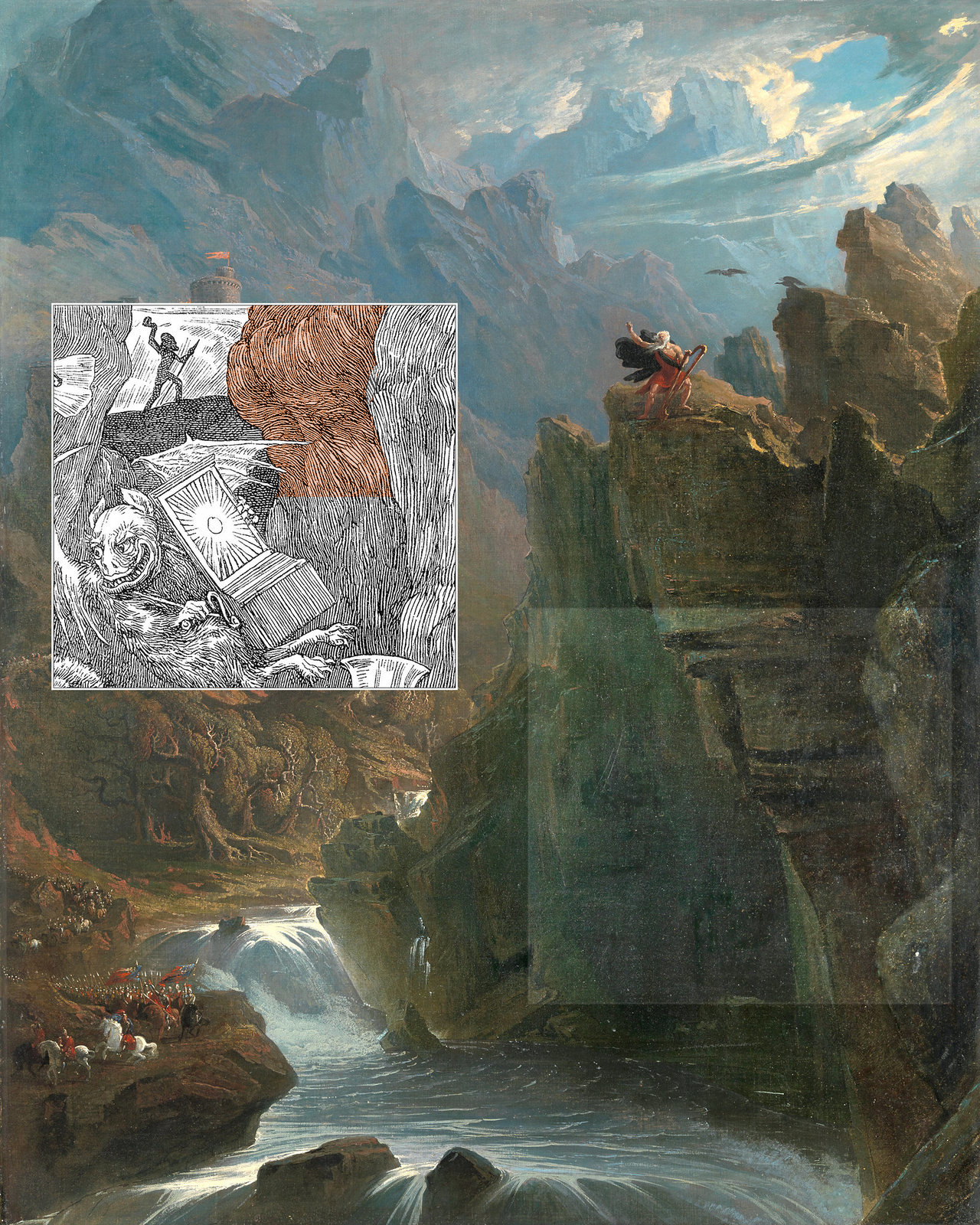
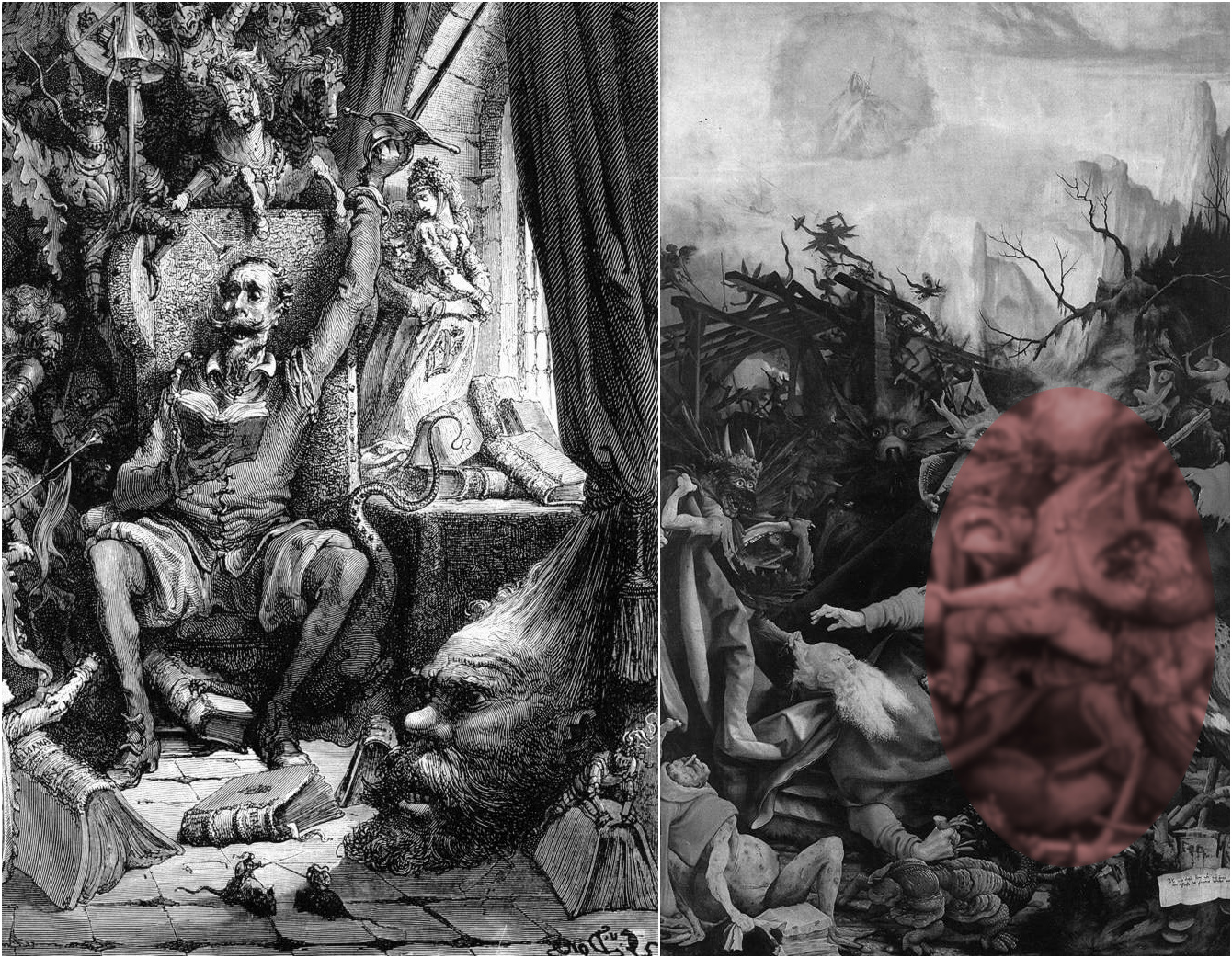




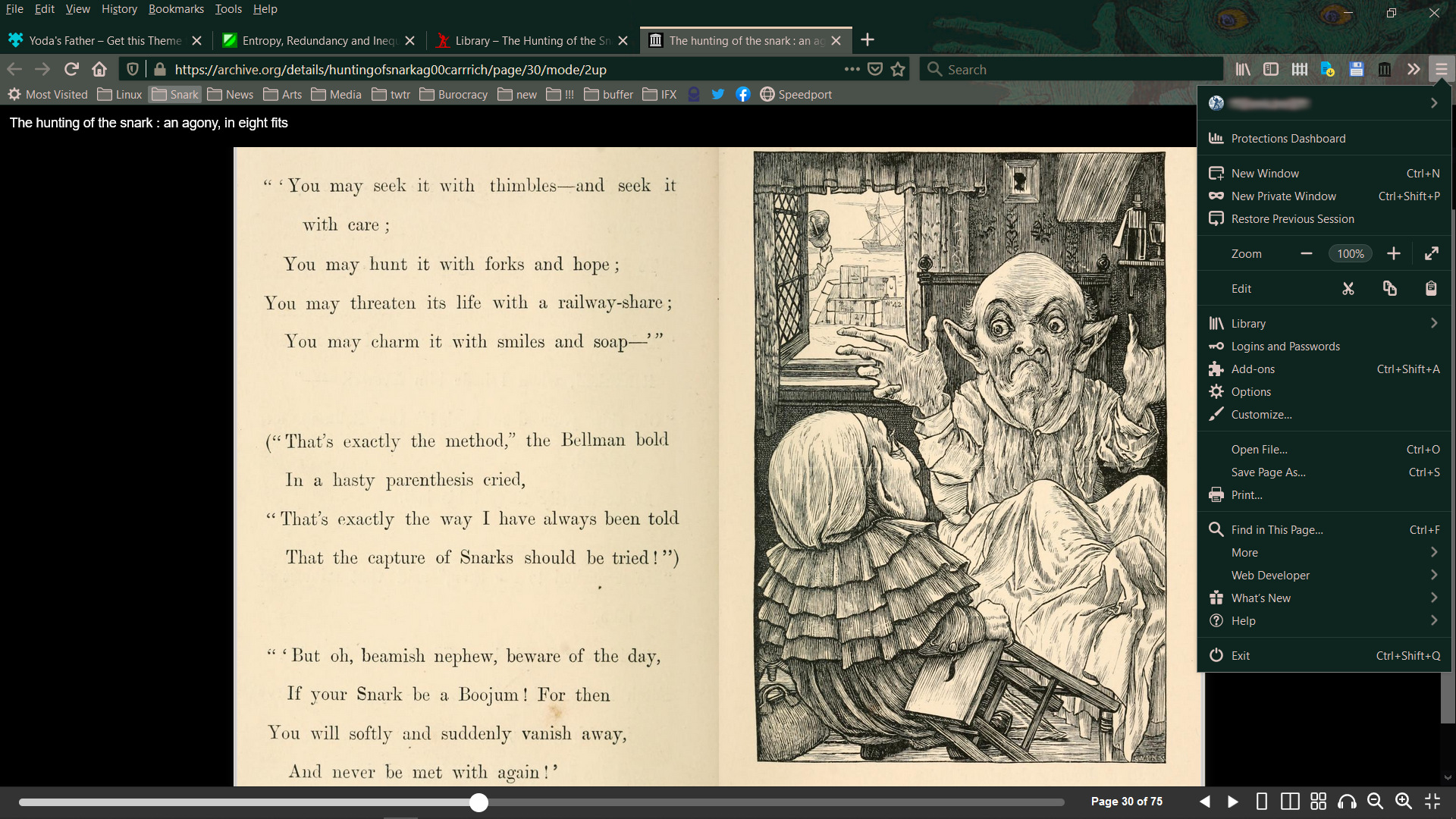
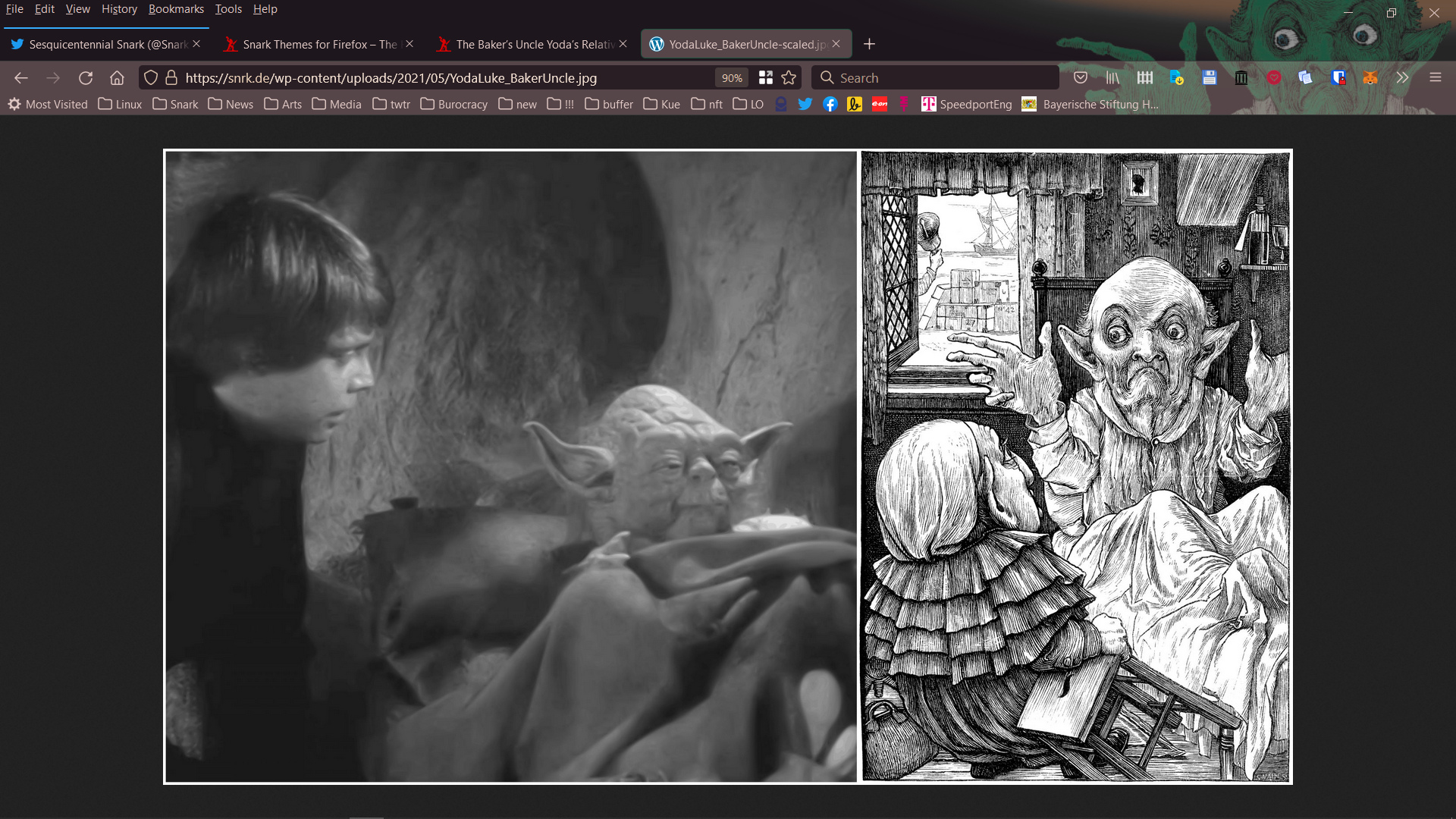
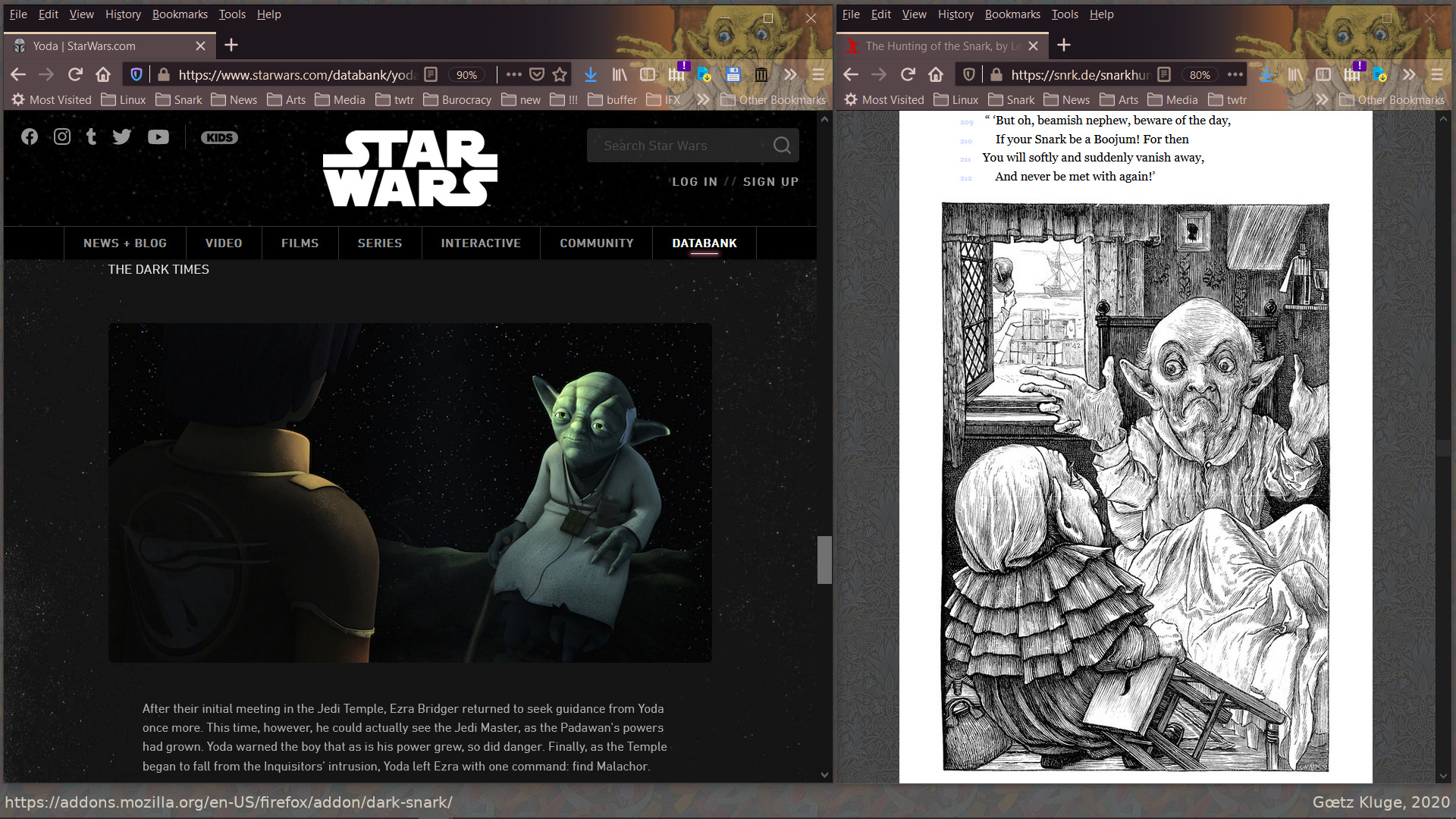
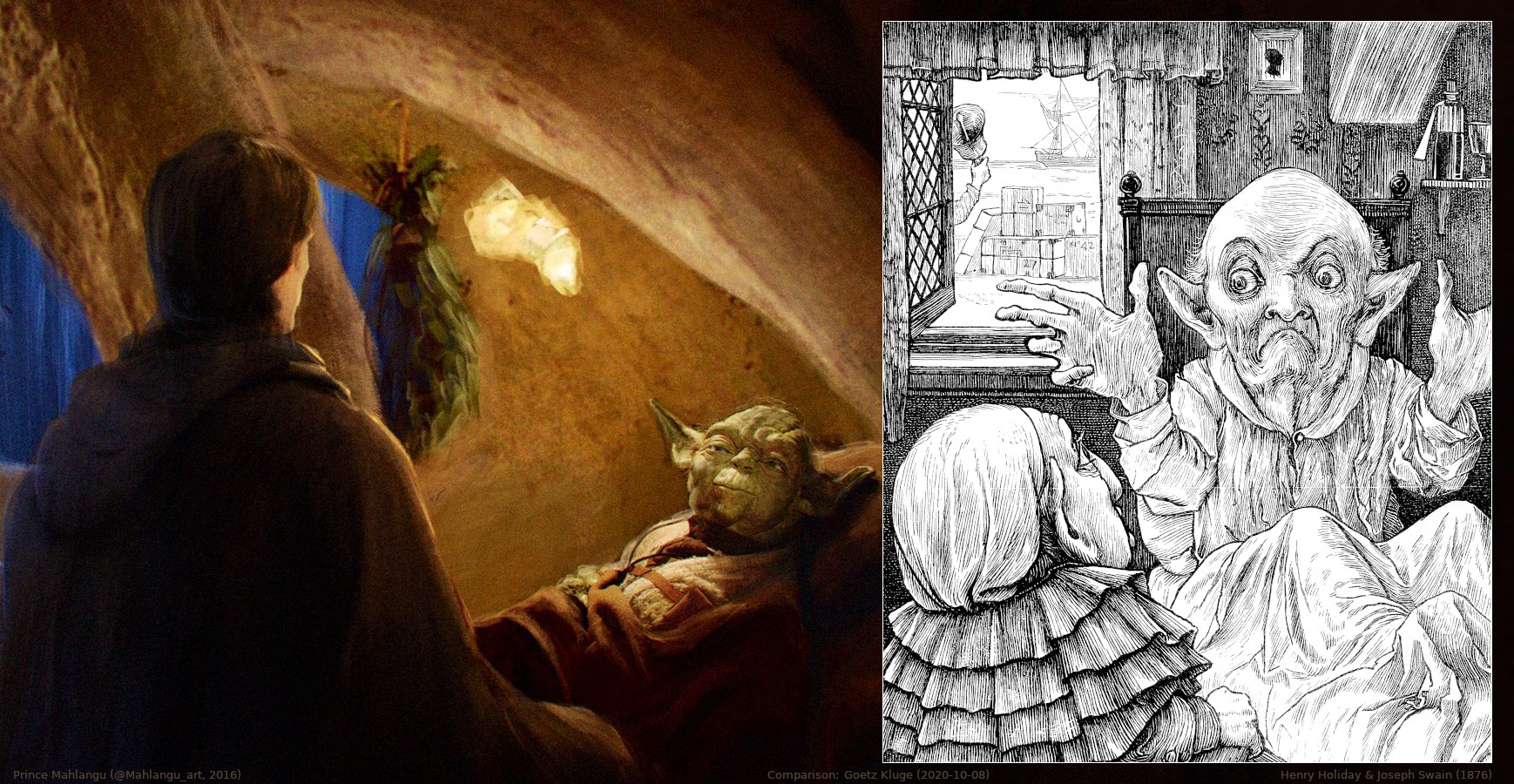 Left image
Left image